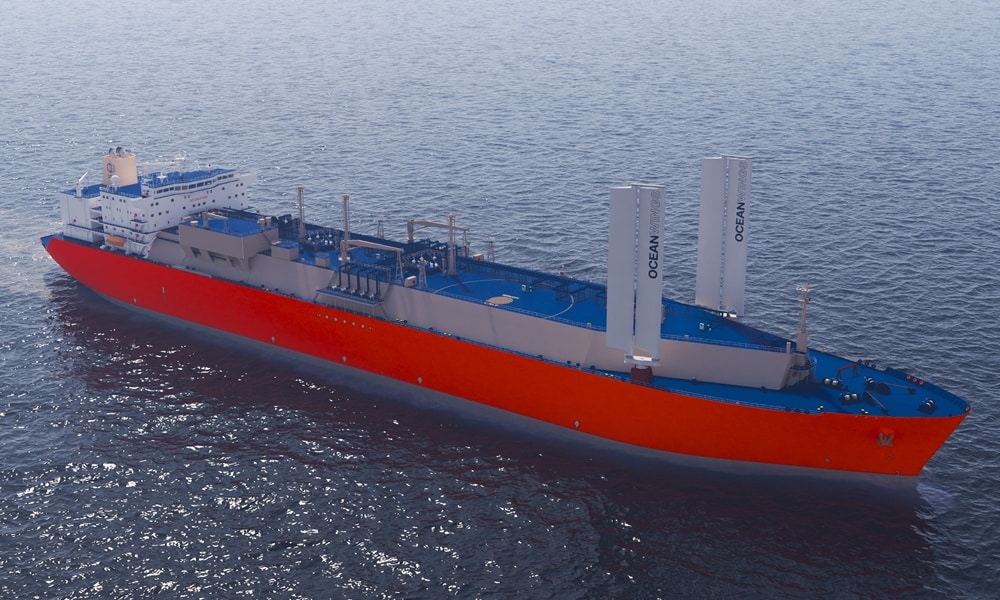Shipping Industry Faces Decarbonization Deadline

The International Maritime Organization (IMO) is poised to make significant strides in global shipping regulations at the upcoming MEPC83 meeting. If approved, the new amendments to MARPOL Annex VI will establish binding decarbonization targets, introducing greenhouse gas fuel intensity (GFI) standards that will take effect in 2027. This shift could compel shipowners to adopt more rigorous emissions reporting and compliance measures, fundamentally altering operational costs in the maritime sector.
Implications of the Proposed Amendments
The proposed Net-Zero Framework aims to integrate decarbonization targets into international maritime law, creating a structured approach to reducing greenhouse gas emissions. Under these amendments, shipowners may face strict fuel intensity thresholds, with penalties for non-compliance. The framework also introduces a system of compliance units that could be tradeable, allowing companies that exceed performance expectations to earn credits while those that fall short must compensate. Renewable energy sources, particularly wind and solar, are recognized as essential components in achieving these GFI standards.
This regulatory shift represents a significant change for shipowners, who will need to transition from self-imposed efficiency targets to meeting stringent economic pressures. The propulsion strategies of vessels, including both new builds and retrofits, will be scrutinized for their technical performance and compliance with emissions regulations. As fuel and emissions pricing becomes more prevalent, the total cost of propulsion—often the largest expense for shipowners—is expected to rise sharply over the next five years.
In this evolving landscape, wind-assisted propulsion systems (WAPS) are emerging as a viable option, contributing to a diversified strategy for emissions reduction. While other technologies like fuel cells and carbon capture are gaining attention, they face challenges related to availability and infrastructure. In contrast, WAPS harness a free energy source, although their integration into existing vessels remains complex. The industry is working towards standardizing methodologies for measuring wind contributions, which could facilitate broader acceptance of these technologies under regulatory frameworks.
Future of Wind Technologies in Shipping
The MEPC83 meeting will be crucial in determining how wind technologies are incorporated into compliance calculations. Clear guidelines on methodologies, crediting mechanisms, and verification processes will be essential for encouraging shipowners to adopt wind as a compliance strategy. A transparent and scientifically grounded framework could accelerate the deployment of wind-assisted technologies, while uncertainty may hinder investment.
IMO CCC 9: Work on interim guidelines for ammonia and hydrogen as fuel
As the maritime industry prepares for potential regulatory changes, many vessels will require retrofits to comply with emissions standards. This includes installing new engines, fuel systems, and digital tools, as well as integrating wind-assisted technologies. Given the limited manufacturing and installation capacity, delaying these upgrades could lead to higher costs in the future. Some operators are already recognizing the strategic advantage of implementing emissions reduction measures now, particularly through WAPS, to better position themselves for upcoming regulations.
Ultimately, the decarbonization of shipping will not follow a one-size-fits-all approach. Each vessel type and operating profile presents unique challenges, and as regulations increasingly price emissions, the role of wind-assisted propulsion is likely to grow. Regardless of the outcome of the MEPC83 amendments, shipowners must consider whether they can afford to delay their transition towards a more sustainable operational strategy.
